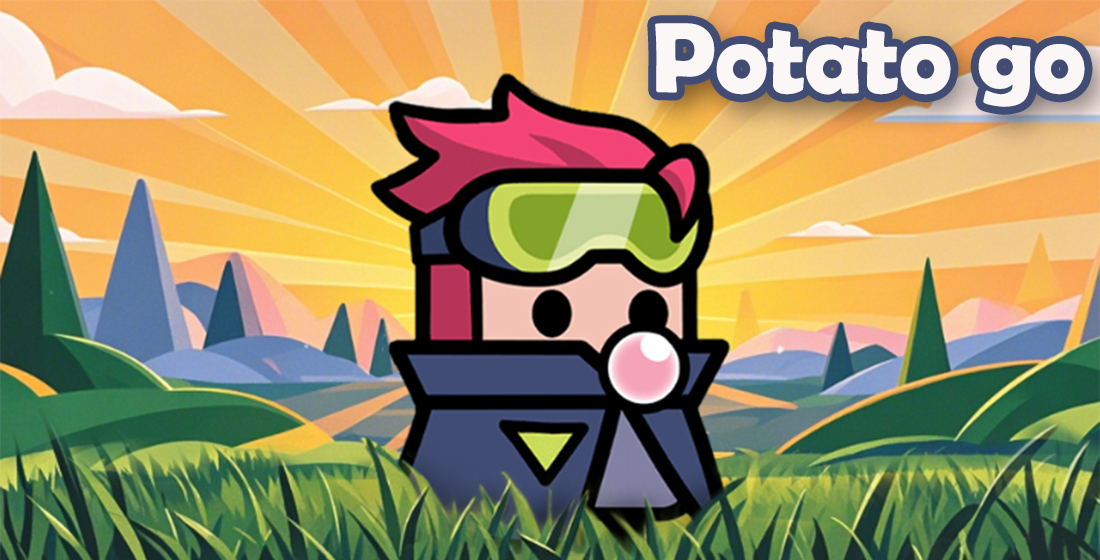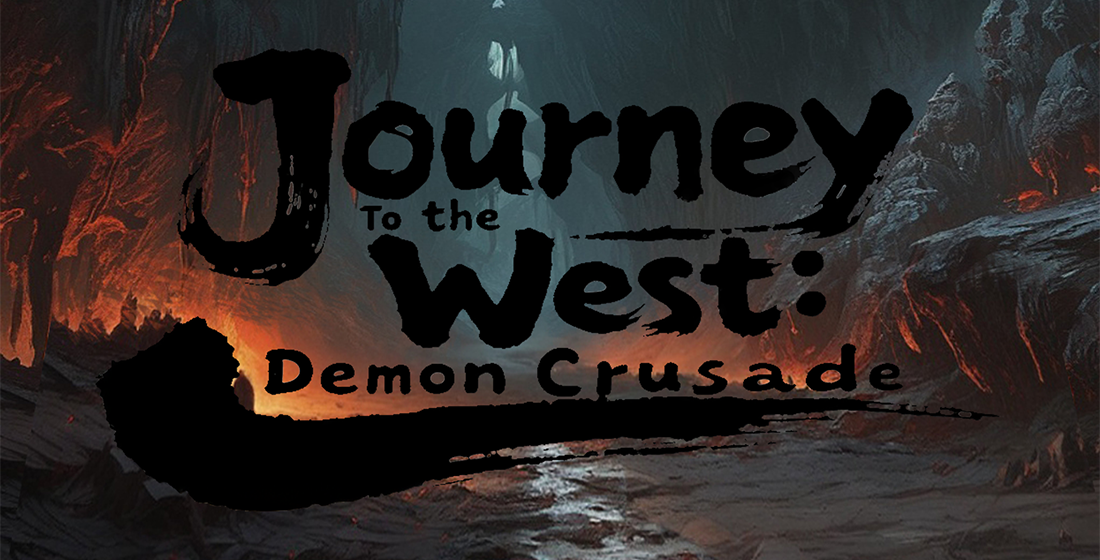Unlocking Learning: How Creative Games Transform Education into Fun Adventures
Education is no longer confined to textbooks and classrooms. With the rise of creative games, learning is evolving into an engaging adventure. These games not only entertain but also educate, making them an essential tool for both teachers and students. Let's delve into how creative and educational games are reshaping the educational landscape.
The Magic of Creative Games in Learning
Creative games, by their very nature, stimulate imagination and encourage problem-solving. Unlike traditional education methods, these games provide a dynamic environment where students can explore concepts in a fun way. Here’s how they are making a difference:
- Enhanced Engagement: Students are more likely to participate when learning feels like play.
- Interactive Learning: Hands-on experiences help solidify complex subjects.
- Motivation Boost: Rewards and challenges drive students to reach their goals.
Exploring Educational Games
Educational games are a subset of creative games designed specifically to meet learning objectives. These games encompass various subjects, fostering a love for knowledge while developing critical thinking skills. Below are some popular categories of educational games:
| Category | Examples | Benefits |
|---|---|---|
| Math Games | Prodigy, Math Blaster | Improves numeracy skills through fun challenges. |
| Language Games | Wordscapes, Duolingo | Enhances vocabulary and language skills. |
| Science Games | Kerbal Space Program, SpaceEngine | Encourages exploration of scientific concepts. |
Benefits of Using Creative Games in the Classroom
The integration of creative games into educational settings offers a multitude of benefits:
- **Fostering Collaboration:** Many games require teamwork, teaching students valuable social skills.
- **Individual Learning Paths:** Games can adapt to each student's learning pace, ensuring no one is left behind.
- **Developing Digital Literacy:** With technology integration, students build essential skills for the digital age.
Challenges and Considerations
While the advantages are compelling, there are challenges to consider when incorporating creative games into education:
- **Equity in Access:** Not all students have equal access to technology.
- **Potential Distractions:** Games can sometimes lead to less focus on core curriculum.
- **Need for Training:** Teachers may require training to effectively integrate games into their teaching strategies.
Finding the Right Games
For educators and parents looking to introduce creative games into their learning setup, where do you start? Consider exploring platforms that cater to educational resources. For instance, online reviews provide insights into popular games, like “find reviews for the online game Lunaria Story" which combines storytelling with problem-solving.
The Role of Game Reviews in Guiding Choices
Game reviews play a significant role in helping educators and parents make informed choices. They provide feedback on:
- User engagement
- Educational effectiveness
- Technical issues or concerns
Making informed decisions ensures that the chosen games align with educational goals while also being enjoyable for students.
Conclusion: The Future of Learning with Creative Games
The advent of creative games in education signifies a transformative shift in how knowledge is imparted and received. As we embrace these innovative tools, the potential for creating a more engaging and holistic learning environment becomes apparent. From enhanced collaboration to personalized learning experiences, the impact of these games is profound. In a world that's constantly evolving, it's time to unlock learning through play and adventure.



